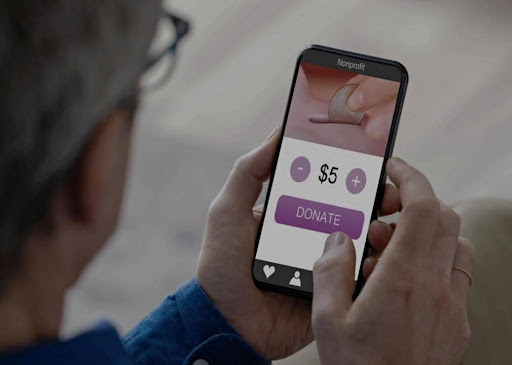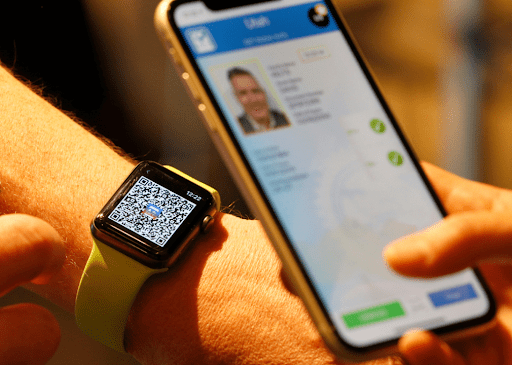Maybe the verdant peaks of the Great Smoky Mountains are calling your name, or maybe you’re intrigued by the variety of flora and fauna at Joshua Tree National Park. No matter what kind of outdoor adventure piques your interest, there’s always an opportunity for exploration on the horizon—and new technological advancements can help you get there.
Particularly in the early months, as more people spend time outside as part of a renewed commitment to health and wellness, the natural world offers an escape from the screens that dominate our daily lives. But in many cases, technology can add to rather than detract from a day out. To that end, Uniqode looked at how national parks and green spaces are using technology to enhance visitors’ experiences.
Every year, these destinations draw millions of guests for hiking, sightseeing, and countless other outdoor activities. In fact, national parks in the U.S. alone recorded over 300 million annual visitors in 2023 and 2024, respectively, according to National Park Service data. Many of these visits wouldn’t have been possible without at least some technological assistance.
Technology serves as a vital navigational aid. Digital maps of parks and green spaces are more than just convenient; these resources can show real-time updates and make places more accessible to a wide range of users. Individuals with low vision, for instance, can benefit from text-to-speech software that wouldn’t be available with a paper map or brochure.
In other cases, the presence of technology in green spaces can attract certain visitors who might not typically be interested in a trip to their nearest park. Think of the Pokémon GO craze of 2016, when tens of thousands of people streamed into natural areas to play the wildly popular augmented reality game.
Then, there are costs to consider. Digital technology, such as QR Codes can reduce or eliminate the need for paper printing, saving valuable money and time for park operators.
Nature, enhanced
Of course, technology in green spaces is nothing new. For years, national parks and other outdoor destinations have implemented widespread technological advancements to upgrade visitors’ experiences.
For example, at Joshua Tree National Park, rangers supply crucial, up-to-date details about park conditions on the National Park Service app.
According to their spokesperson, Meg Rockwell, accessing those details is as simple as scanning a QR Code at one of the park’s visitor centers or entrance stations.
“Joshua Tree National Park is a remote rural area of the desert region in Southern California where a cellphone signal is not always accessible,” Rockwell told Stacker via email. “So, having information downloaded and saved for offline use through a National Park Service app provides visitors with useful information.” That includes everything from suggested hikes to a full audio tour and even music.
Visitors worldwide can also find translations in different languages. “As a gateway park with many international visitors, there is also a QR Code to access the park website in different languages,” said Rockwell. “The benefit of increased digital technology through QR Codes at visitor centers and entrance stations has increased accessibility and access to information for visitors.”
Many other parks nationwide have implemented similar strategies to enhance visitor safety. In 2019, New York’s Cold Spring Harbor State Park launched a digital trail map to help first responders locate hikers in distress. Meanwhile, Grand Canyon National Park installed Trail Alert QR Codes at certain trailheads in 2023—scanning the codes directs visitors to the latest updates on major routes such as Bright Angel and South Kaibab, keeping hikers more informed as they make plans.
While the lifesaving applications of this technology can’t be overlooked, other uses prove similarly fruitful. Take outdoor art, for example—QR Codes serve as a key component of artist Rosten Woo’s interactive project “What Water Wants,” an audio tour sharing the complex past, present, and future of the Los Angeles River. Visitors to this temporary exhibit can learn more about their natural surroundings and take in a unique art form made possible only through the use of today’s technology.
The future of being green while on the grid
Given the vast potential for the use of technology in green spaces, this shift will likely continue picking up steam in the coming years. The nonprofit, National Park Foundation (NPF), wants to help parks make the most of new technologies, such as data analytics and real-time condition updates. As park visitation continues to increase, a $100 million grant, received by the NPF in 2024, will help determine how technology can be further leveraged to reduce human impact on America’s beloved national parks.
In the meantime, other technologies continue to develop in green spaces around the U.S. As Rockwell noted, you can still go off the grid while enjoying the benefits of numerous apps and digital services. Countless people venturing outdoors already use augmented reality to identify constellations in the night sky, distant mountain peaks, and much more.
The interconnectivity offered by the Internet of Things, or IoT, also presents an unparalleled opportunity for integrating technology with the natural world. Vince Davis, creator of the blog Parks With Vince, suggests IoT technology could be used to determine efficient watering schedules that minimize human intervention or efficient waste management, so waste bins can alert staff when they’re full rather than needing constant monitoring.
As with technology anywhere, though, adoption brings its own set of hurdles. Not all visitors and green space operators own smartphones, which could present a significant barrier to use. On the other end of the spectrum, overreliance on technology can also lead to pitfalls such as hikers getting lost following Google Maps and misinformation spreading on AI-powered plant-identification apps.
Naturally, technology won’t entirely replace physical materials or in-person interactions with park staff. Instead, digital tech can supplement existing resources, vastly improving our time outdoors and paving the way for a greener, more accessible future.

















